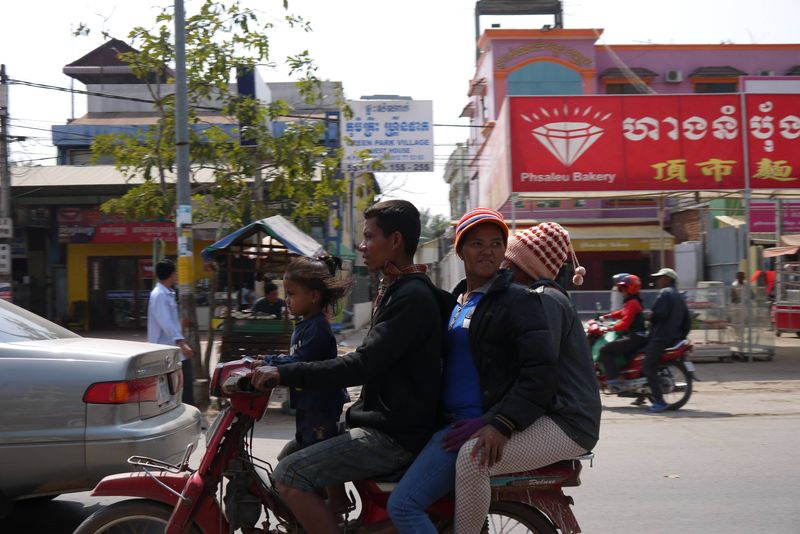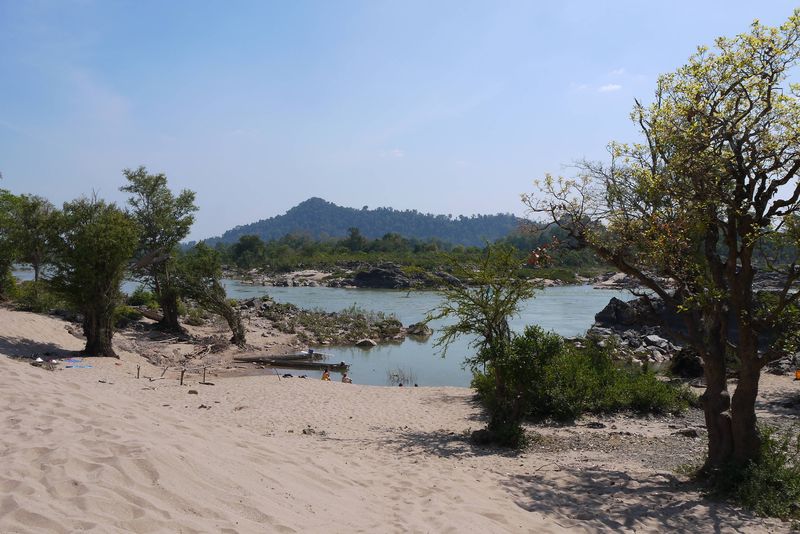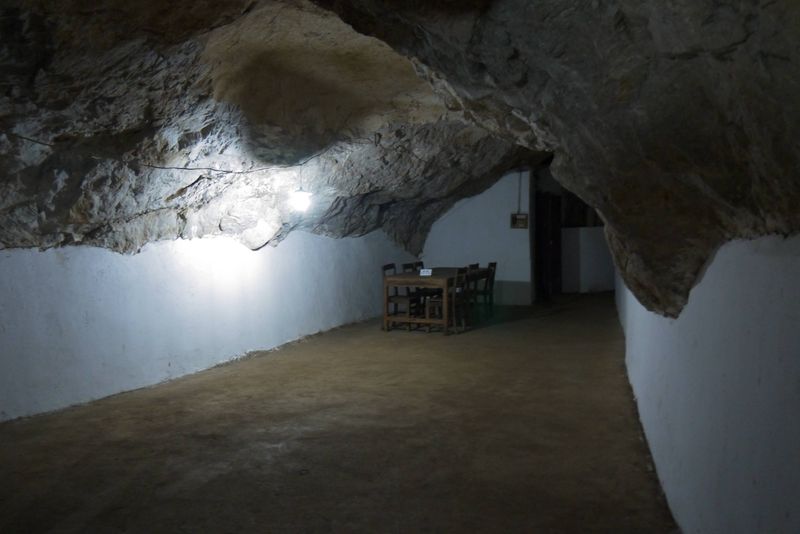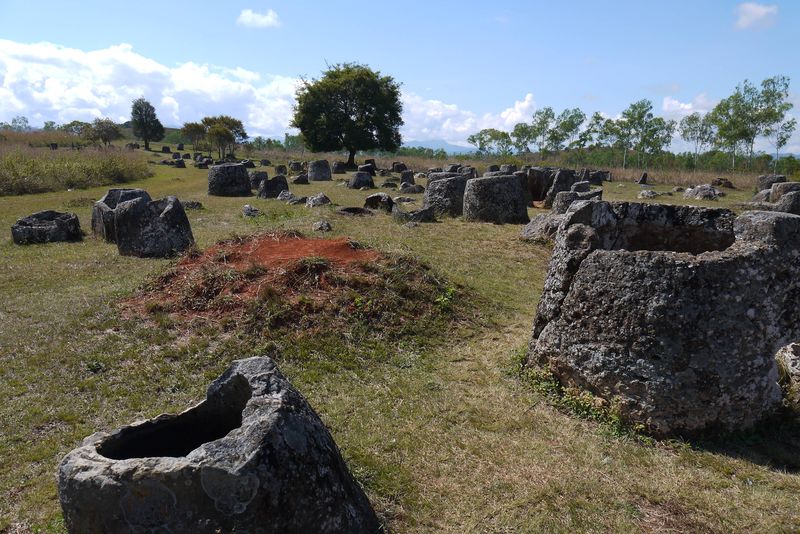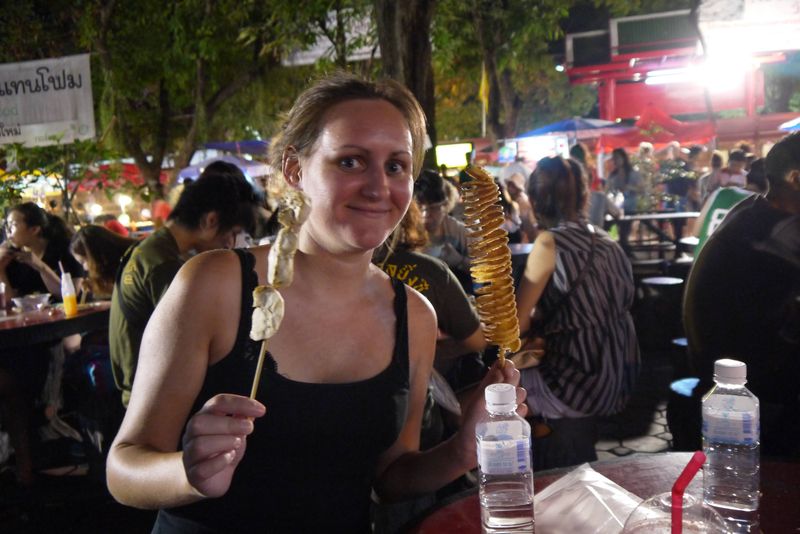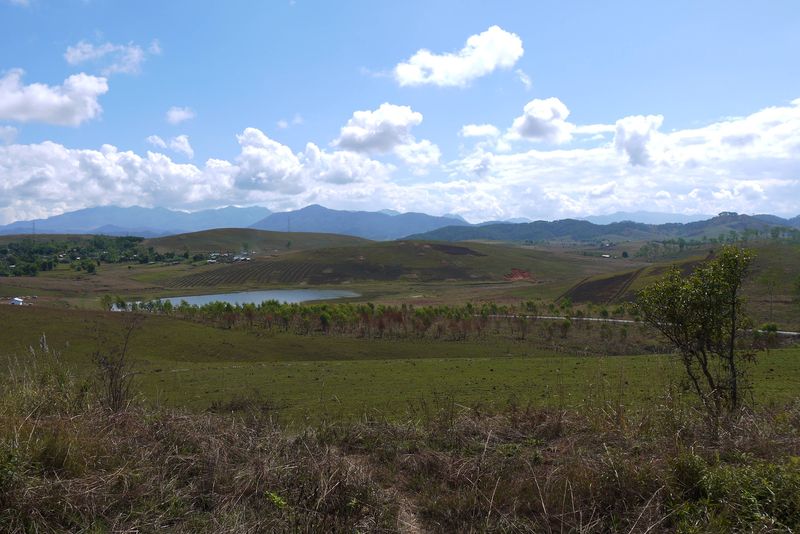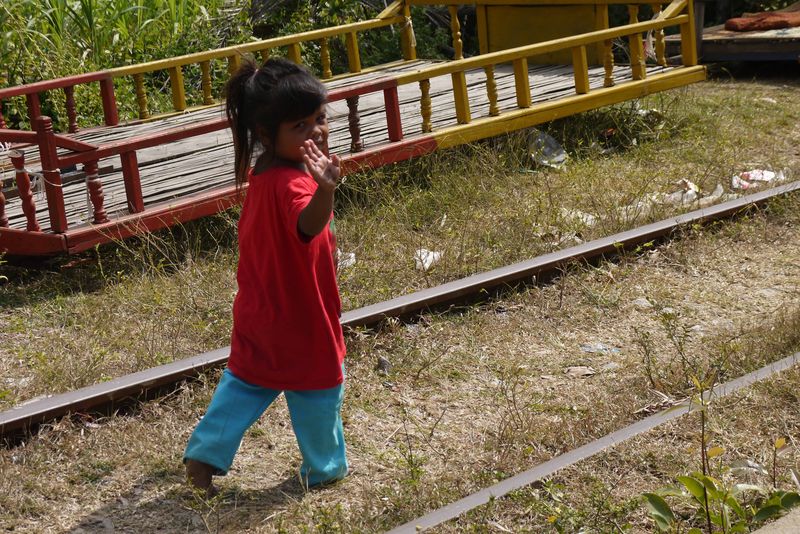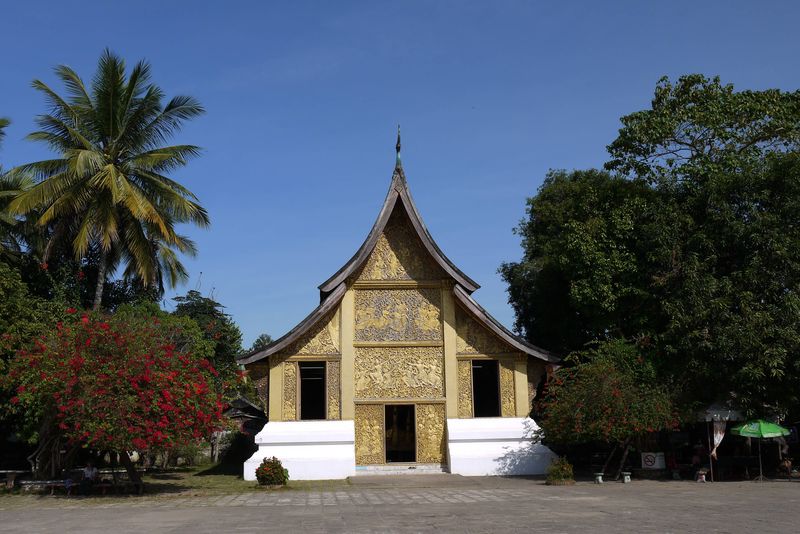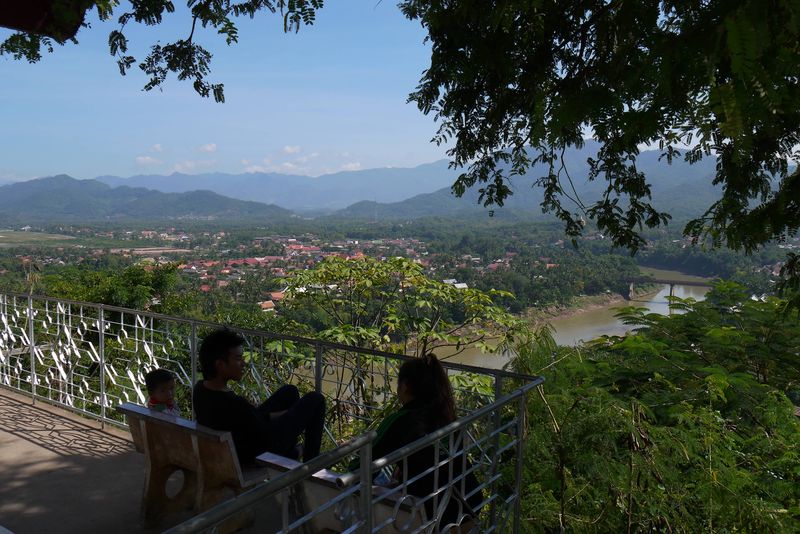Snaps from a Tuk Tuk
One of the best ways to catch a glimpse of life in Asia is to take a ride in a tuk tuk. As your driver speeds dangerously and weaves through stationary traffic you’ll experience the true sights, sounds and smells of Asia. It’s likely that you’ll be assaulted with the smell of exhaust fumes, rubbish rotting in the sun, meat cooking on open fires, incense and fruits from market stalls; your ears will be filled with the sounds of beeping horns, the calls of market sellers, the thrum of music from nearby shops, monks chanting, the crowing of roosters and the barks of stray dogs. 24 February, 2014 / 10 Comments





